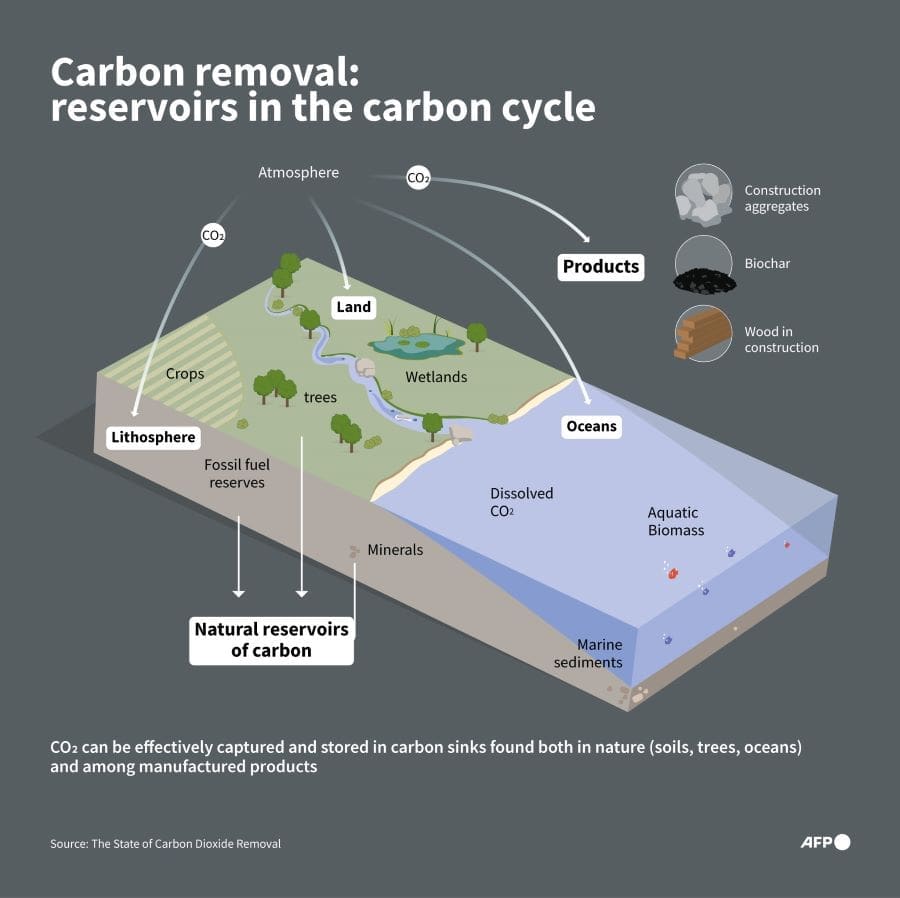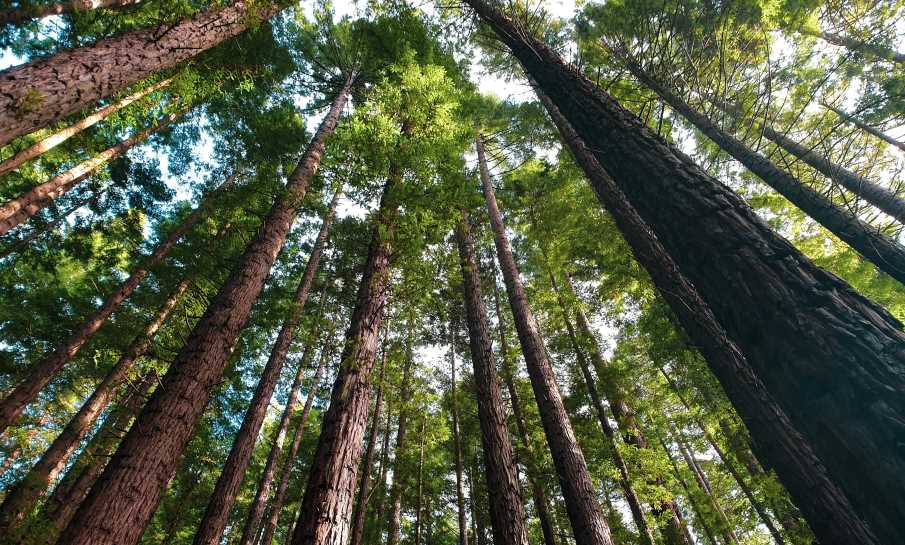Sydney, Australia | AFP | Muser NewsDesk
Australia’s tropical rainforests are among the first in the world to start emitting more carbon dioxide than they absorb, scientists said Thursday, linking the “very concerning” trend to climate change.
The world’s rainforests are typically thought of as crucial “carbon sinks” — sucking huge quantities of planet-heating emissions from the atmosphere.
Some models predict that increased carbon dioxide in the atmosphere could boost forest growth by offering trees more of the basic fuel they need for photosynthesis.
But new research found extreme temperatures have instead caused more forest death than growth, with rainforests in Australia’s northern tropics becoming net carbon emitters.
“This is the first analysis to show this pattern occurring for natural undisturbed forest and as a persistent pattern over many years,” senior author of the research Patrick Meir told AFP, describing the results as “very concerning.”
The researchers pored through records charting the growth of Queensland’s rainforests over almost 50 years.
They found that around the year 2000 they began emitting more carbon dioxide from the decay of dead trees than was being taken in and stored by growing trunks and branches.
Modelling showed the main cause was extreme temperatures linked to climate change, and its related effects on the moisture in the atmosphere and drought. Cyclones, which are expected to increase in intensity with climate change, also had an impact.
The findings are in line with some research on the Amazon that showed growing tree deaths weakening the forest’s carbon storage capacity, said David Bauman, a research scientist at the French National Research Institute for Sustainable Development and second author of the study.
“So in that sense our result is not surprising, but the timing… happened earlier than we expected and the effects of the likely climatic drivers (high temperature, drought) are stronger than we expected,” he told AFP.

‘More severe’ impacts
The study, published in the peer-reviewed journal Nature, suggests other rainforests could experience the same shift, but the authors warned more data and research was needed.
“It appears that all tropical forests are likely to respond fairly similarly,” said Meir, but “the exact mechanisms and timings for different regions will differ.”
The findings should ring alarm bells, said Melanie Zeppel, an expert on forest carbon who was not involved in the study.
“This study shows that impacts of climate change on forest carbon are more severe than previously reported,” said Zeppel, associate director at climate change investment firm Pollination.
“Immediate action on climate change must be a key priority,” she told AFP.
The study’s authors cautioned that some unknowns remain.
Their work focused on branches and tree trunks, but roots and soil also play a role in carbon absorption and emission which has not yet been fully quantified.
Still, the patterns observed are clear, and “indicate that the challenge to limit global warming to well below 1.5 degrees Celsius has become both more urgent and more difficult,” said Bauman.
Despite its growing vulnerability to climate-linked natural disasters, Australia remains one of the world’s biggest exporters of gas and thermal coal.
Australia’s carbon dioxide emissions per person are among the highest in the world, World Bank figures show.
Global emissions have been rising but need to be almost halved by the end of the decade to limit warming to safer levels agreed under the 2015 Paris climate agreement.
The increase in the amount of carbon dioxide in the atmosphere last year was the biggest ever recorded, the United Nations said this week.
sft-sah/oho/dhw
© Agence France-Presse
Journal Reference:
Carle, H., Bauman, D., Evans, M.N. et al., ‘Aboveground biomass in Australian tropical forests now a net carbon source’, Nature 646, 611–618 (2025). DOI: 10.1038/s41586-025-09497-8
Article Source:
Press Release/Material by Steven Trask with Sara Hussein in Bangkok | AFP
Featured image credit: Truth Devour | Pexels




